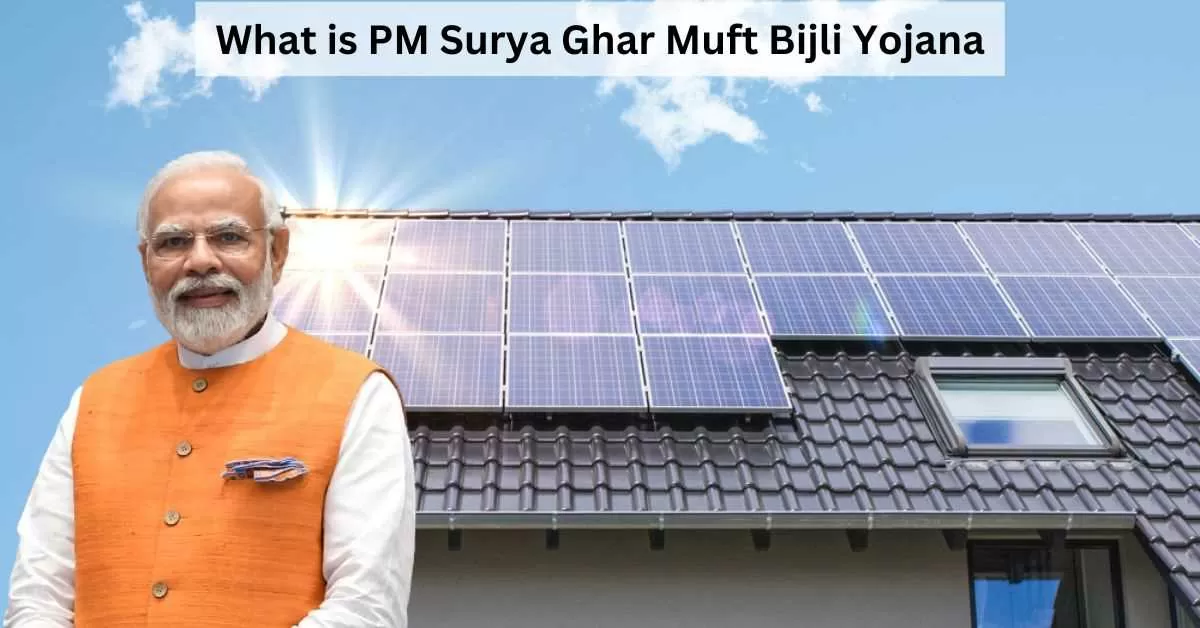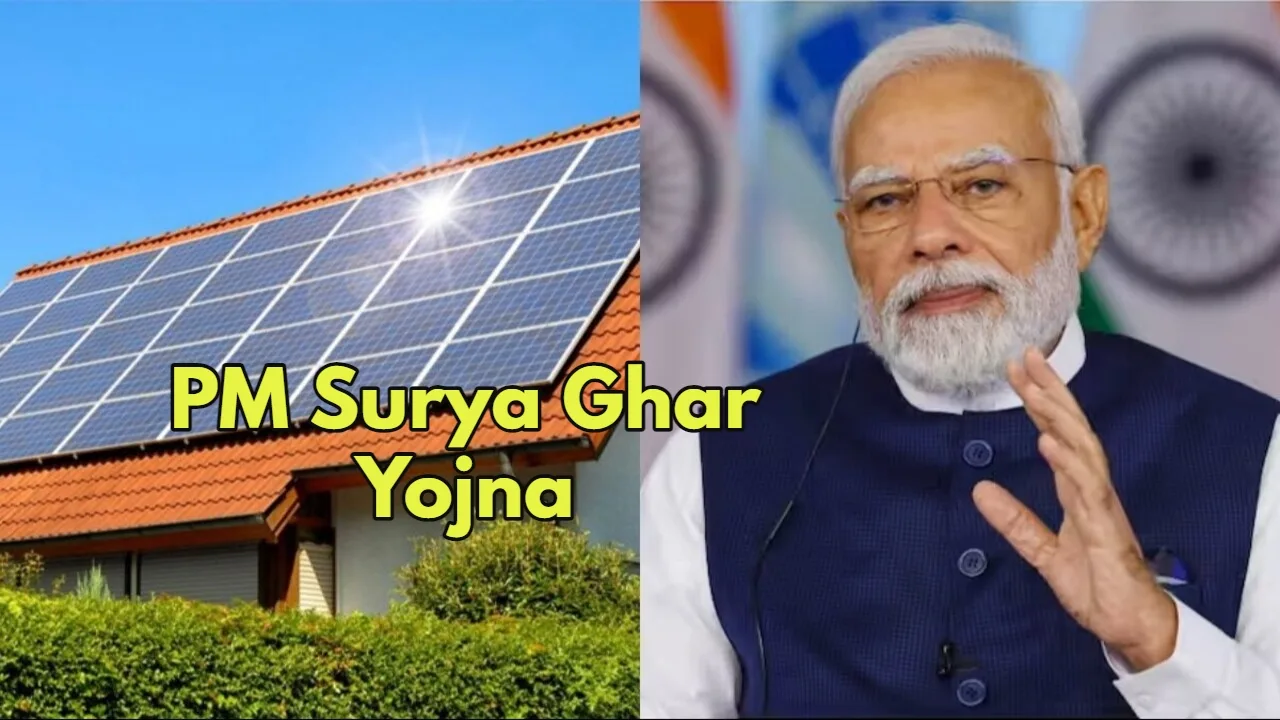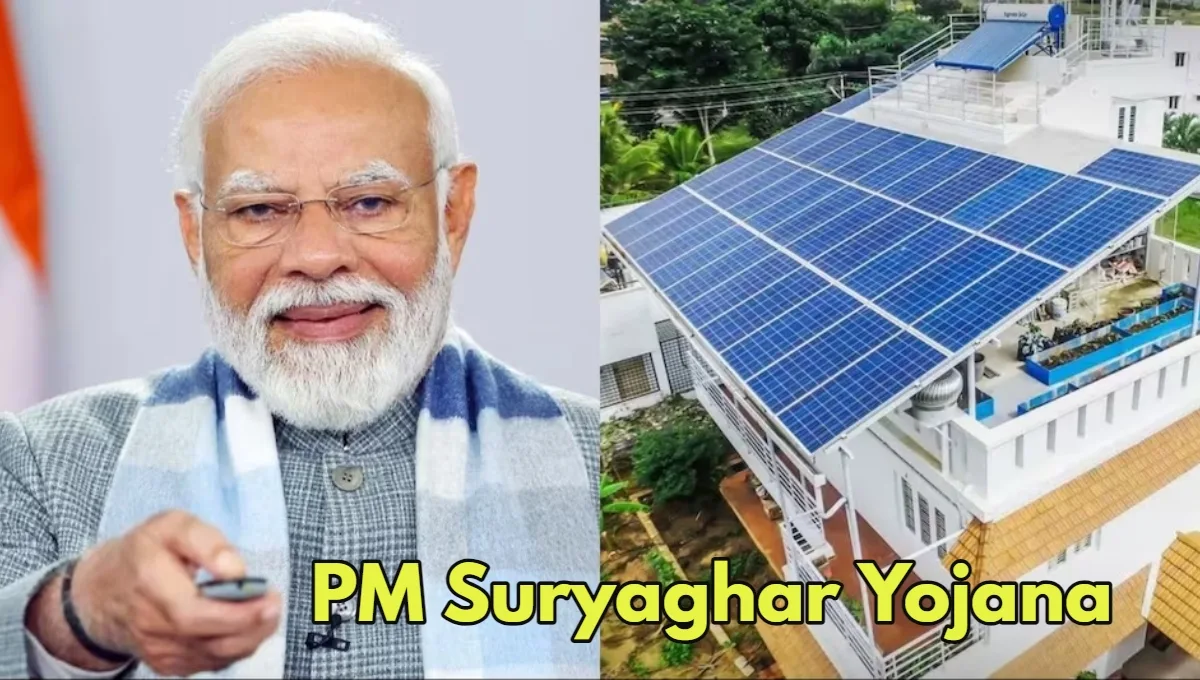Discover how the Indian government is making solar power more accessible in 2024 through new financial models under the Pradhan Mantri Bijli Yojana. Find out about the utility-based aggregation model and the Pradhan Mantri Suryaghar Yojana, which provide subsidies and eliminate upfront costs for homeowners.
Introduction
Many people are currently exploring ways to reduce their electricity bills, and installing solar panels has become a popular and eco-friendly option. The Indian government strongly supports this initiative through the Pradhan Mantri Bijli Yojana, offering subsidies to encourage homeowners to go solar. In 2024, the scheme has undergone exciting updates with the introduction of two new financial models that make solar power more accessible than ever before.
UtilityBased Aggregation Model
There are significant differences; among those changes are a utility-based aggregation model. It allows a new scenario of having responsibility fall under Discoms or the state-owned company. Here, people would not face any front costs from their pocket related to setting up the solar panel. The Discoms or state-run firms will take care of the entire installation process and then recover the costs from consumers through their electricity bills. This innovative approach removes a significant barrier for many homeowners who may have been hesitant to invest in solar power due to the initial financial outlay.

Pradhan Mantri Suryaghar Yojana
The government has also enhanced the Pradhan Mantri Suryaghar Yojana to further incentivize solar adoption. This scheme provides the subsidy for installing solar panels on rooftops among owners. The subsidy figures are as per the capacity of the solar panel system, which includes Rs 30,000 to a maximum of 2 kW, Rs 48,000 to a maximum of 3 kW, and Rs 78,000 for capacities more than 3 kW. These kinds of subsidies heavily reduce the initial investment cost incurred by homeowners, making solar power cheaper and more viable for a greater number of households.
Advantages of Solar Power
While there are economic incentives, the advantages of installing solar panels on your rooftop go far beyond that. For one, solar power is a clean and renewable source of energy that helps reduce our reliance on fossil fuels and decrease our carbon footprint. By generating your own electricity, you can significantly reduce your dependence on the grid and contribute to a more sustainable future. Moreover, solar panels can increase the value of your property and provide you with long-term energy independence.

Conclusion
The 2024 updates to the Pradhan Mantri Bijli Yojana have made it easier than ever for Indian homeowners to embrace solar power. New financial models such as the utility-based aggregation model and the improved Pradhan Mantri Suryaghar Yojana have removed major barriers to entry by eliminating upfront costs and providing substantial subsidies. Through these government initiatives, homeowners can not only reduce their electricity bills and save money in the long run but also contribute to a cleaner and greener environment for future generations.
Disclaimer: The article is provided for general informational purposes only. It cannot be used or referred to as either financial or legal advice. Contact the respective governing bodies to know the best available and most up-to-date government schemes and regulation.
Read More :-
Dispelling Rumors ₹5 Coin Continues to be Legal Tender
Khesari Lal YadavAnd Neelam Giri Song Kamar Damagela A Bhojpuri Sensation Taking Over Social Media
Top New Comedy Movies Streaming Now Don’t Miss These Hilarious Movies In 2025
Bank Holidays in India in 2025 Know When Your Bank Will Be Closed
Dailynews24 App :
Read the latest News of Country, Education, Entertainment, Business Updates, Religion, Cricket, Horoscope Here. Read Daily Breaking News in English and Short Video News Covers.






















